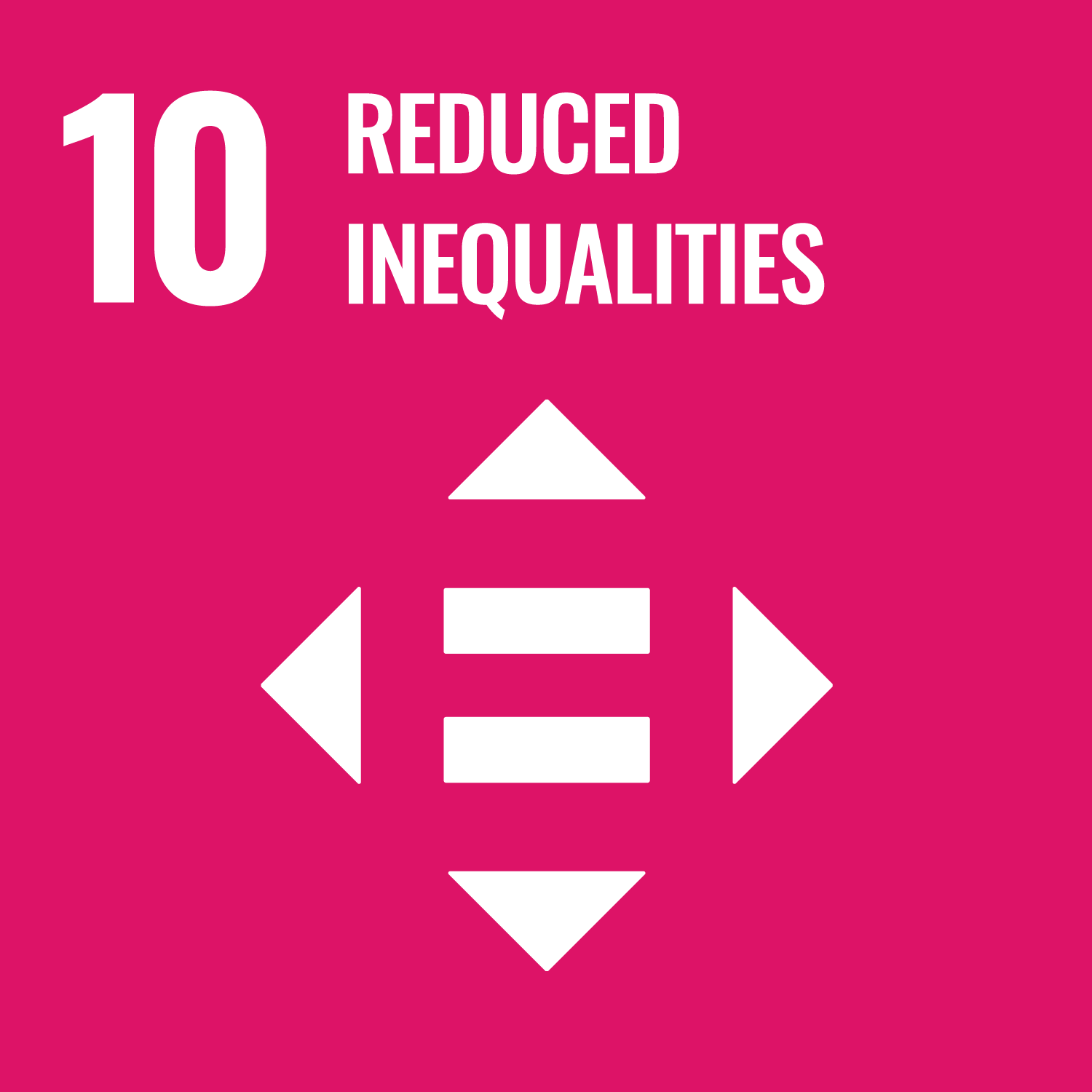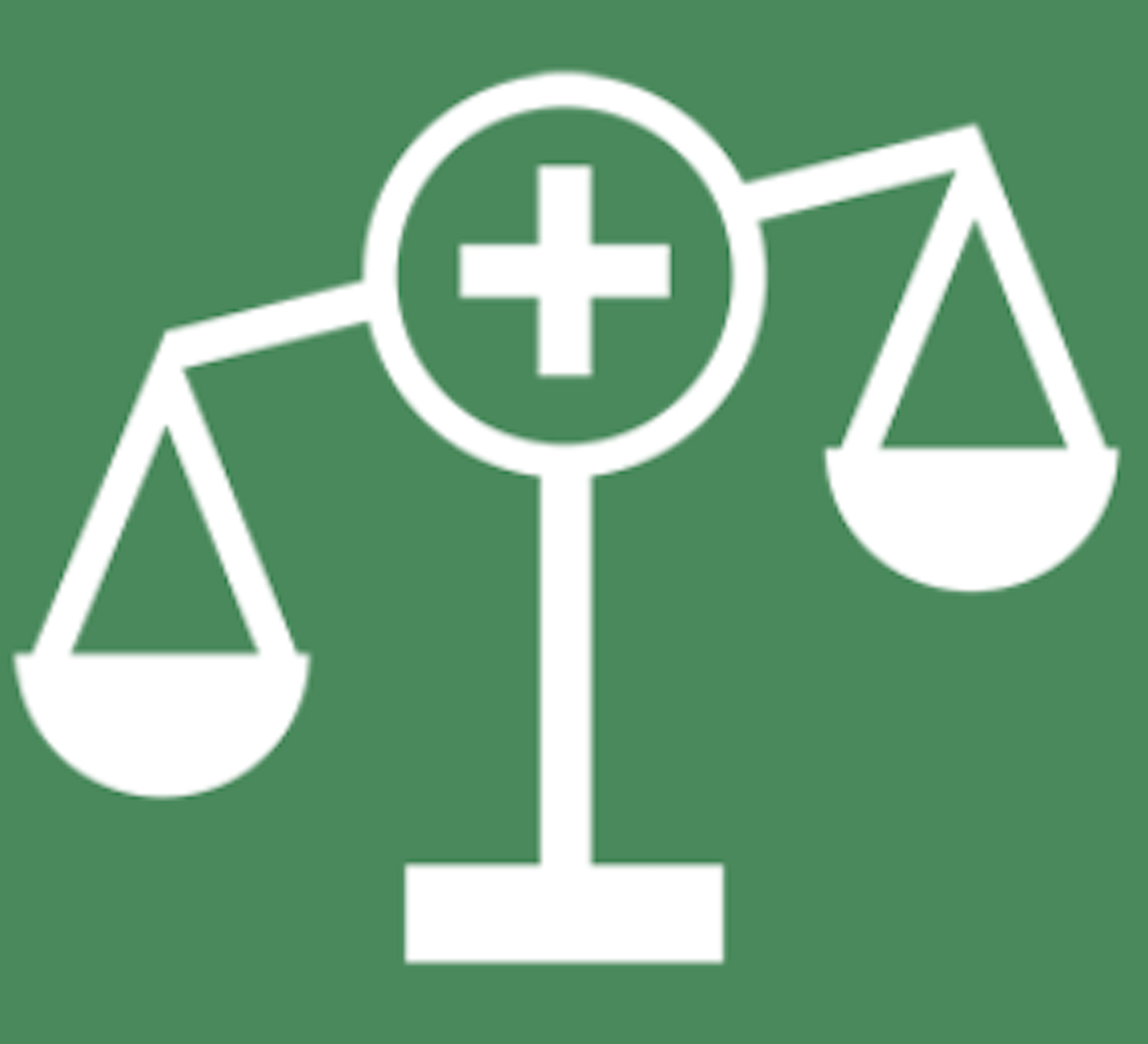The purpose of this indicator, central to the vision of the PAHO Strategic Plan 2020–2025 of Equity at the Heart of Health, is to quantify social inequalities in health within countries. It provides evidence of, and generates accountability on, the commitment by countries to leave no one behind. As shown in Figure above, 15 countries successfully achieved a measurable proportional reduction in the within-country absolute gap in social inequalities for at least two of the four tracer indicators: neonatal mortality, adolescent pregnancy, tuberculosis (TB) incidence, and premature mortality due to noncommunicable diseases.
The assessment was based on the health inequality reduction in the 4 core tracer SDG 3 indicators, considering the most suitable available data comparing the figures available closest to the baseline and the most recently available figures. These points in time vary with each tracer indicator. Two is the minimum number of tracer indicators that need to show a reduction in order to be counted toward this indicator; therefore, the indicator is rated as in progress to reach the target of 17 countries. Moreover, five of these 15 countries achieved a reduction in three tracer indicators, and one country achieved a reduction in all four.
The result of 15 countries is a notable increase from what was reported in the Report of the End-of-biennium Assessment of the PAHO Program Budget 2020-2021/First Interim Report on the Implementation of the PAHO Strategic Plan 2020-2025 (Document CSP30/7, Add. I) in 2022, which at the time was seven countries.
Finally, 27 countries (77%) demonstrated reductions in health inequalities using at least one tracer indicator, and eight countries did not achieve reductions, indicating that there is still a need to advance in efforts to reduce health inequalities.
Recommendations:
- Improve health information systems, promoting data disaggregation as called for in the Strategic Plan.
- Strengthen subnational health situation analyses to identify interventions on social determinants of health that effectively reduce health inequalities.
- Improve data source triangulation, particularly for key social stratifiers like wealth, education, sex, urban-rural divides, and other social determinants of health.

